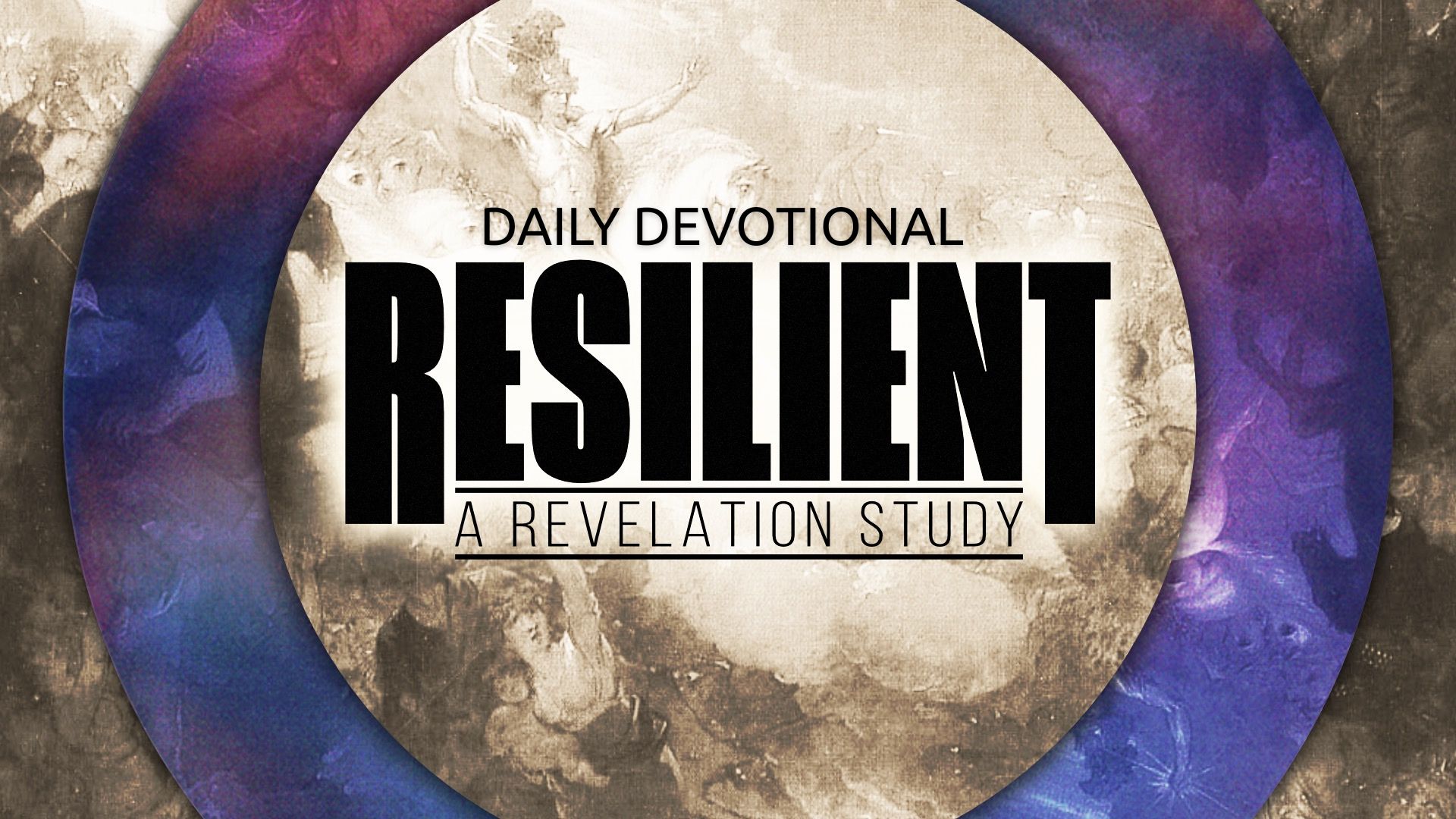Resilient – A Revelation Daily Devotional – Day 2
Day 2 – July 29th
Read or listen to the audio version of the Bible Reading and Daily Devotional.
Read: Revelation 1:4-8
Frustration may build as the reader concludes day two of this journey, still awaiting visions of dragons and monsters. John does not rush his reader into the visions. Instead, he carefully prepares them, ensuring they are correctly oriented for the purpose of reading.
This intentionality by John serves a similar purpose for the modern reader. We must consider the intended audience before applying any interpretation to this work. The book is written to seven specific churches in Asia, offering us an opportunity to delve deeper into meaning while respecting John’s surface-level intentions.
Seven holds significant symbolic weight throughout the Bible, particularly in Revelation, representing completeness. Additionally, the seven churches, when mapped, form a circular pattern. These observations encourage interpreters to first read through the unique lenses of each church, then through a broader understanding applicable to all Christian churches of that era, and finally, to extrapolate throughout history and into modernity. It is crucial that this letter not be interpreted as saying more than it conveyed to its original audience, nor as intended solely for a future iteration of the church. There is no indication of such an interpretation in the introduction or the rest of John’s writing.
Beyond the notion of completeness, John points to the nature of this fullness, most clearly seen in the character of the Trinitarian God. He highlights the Father, the Spirit, and the Son. Throughout his introduction, John emphasizes God himself as the foundation for the blessing and grace this letter intends to impart.
Undoubtedly, the days ahead will involve unpacking and understanding visions and seemingly mythical scenes. However, these are not abstract or merely figurative. They are illustrative, designed to reveal the glory of God that overflows in this introductory doxology.
Life, and Revelation, are complex narratives to process. This side of eternity, we are promised that our understanding is limited, like viewing a vast picture through a dim lens, extrapolating from a single puzzle piece.
The danger lies in believing that grace, blessing, hope, and other assurances afforded to believers are confined to their individual experiences. The totality and finality of God’s redemptive story, to which Revelation testifies, transcends individual scope and sequence, residing in a promised future that provides clarity to the past and purpose and hope for the present and future.
God, not humanity, is the subject of this story. He is the beginning, sustainer, and end. He is, after all, the Alpha and Omega. In momentary glimpses of incomprehensible glory, humanity is comforted, sustained, and welcomed into a trust anchored to a future and eternal hope. That is what this book is about. I can’t wait!
Pray:
Father, help me to anchor all that I am to all you are. Help me to look to you for hope, purpose, and clarity for all that life brings.


